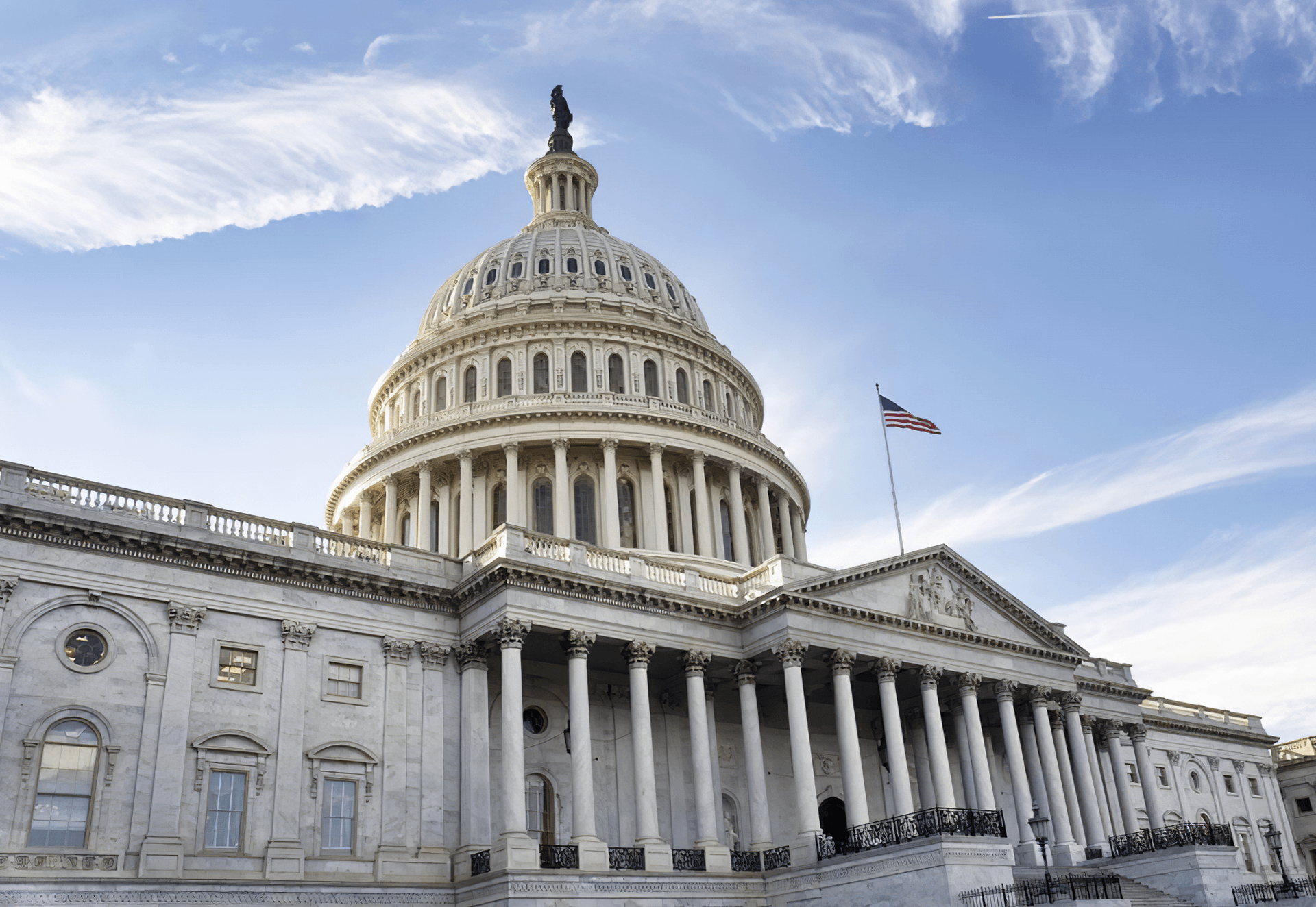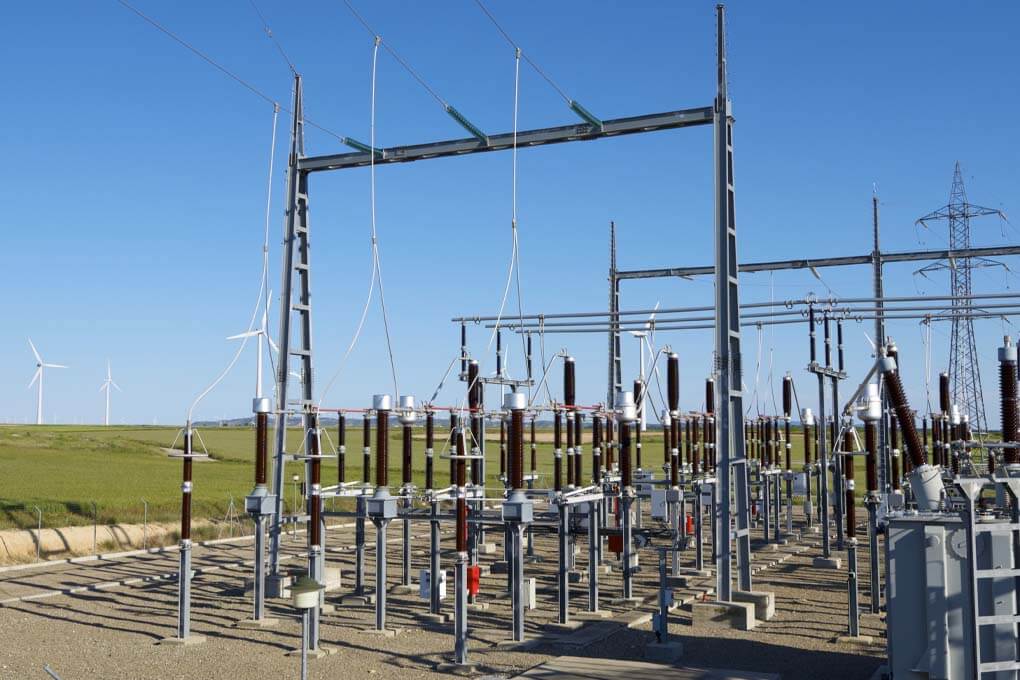
31 Jan President Biden’s Infrastructure Bill
THE NEW INFRASTRUCTURE BILL IS 1,039 PAGES LONG
WHAT’S IN IT FOR BUILDING EFFICIENCY?
On November 15, 2021, President Biden signed into law the H.R. 3684 – Infrastructure Investment and Jobs Act. This act is designed, “to authorize funds for Federal-aid highways, highway safety programs, and transit programs, and for other purposes.” As with most discourse put forth by the federal government, the text of the act is lengthy (1,039 pages, if you care to download it as a pdf). Because of this (and because the title is concerned primarily with highways), private building owners, public school maintenance managers or non-profit CFO’s could be forgiven for thinking the elements of this bill do not apply to them. But they would be mistaken. In fact, H.R. 3684 has an entire section and more than $5 billion in grants and loans dedicated to helping building owners identify and fund energy efficiency projects, update building codes, educate tomorrow’s workforce of energy experts and provide direction for sustainable building design.
So, for those of you who are invested in the future of high performance buildings and would like to know what new funds are, or soon will be, available to finance efficiency projects, (but who also don’t have an extra couple of hours to comb through a thousand plus pages of words), we’ve compiled the highlights.

TITLE V – ENERGY EFFICIENCY AND BUILDING INFRASTRUCTURE
The pdf version of the act is the easiest one to move around in, so if you’re interested in reading the original text, this is how we suggest you access it. Here is the link one more time:
Skip down to page 622 and you’ll find the beginning of the section that is most relevant to building owners, helpfully titled, Energy Efficiency and Building Infrastructure.
Subtitle A – Commercial and Residential Energy Efficiency
The first subtitle of the building infrastructure section is related to the $250 million in loans and grants that are to be made available to states from year 2022 until the funds are expended that will finance commercial and residential energy efficiency audits and their subsequent qualified upgrades (p. 628). This subtitle also includes $40 million for an energy auditor training program for fiscal years 2022-2026 (p. 629).
LEGISLATION HACK: In order to quickly find the amount of money earmarked for a project section, scan the act’s verbiage for the term, “Authorization of Appropriations.” It’s typically at the end of the section (but…sometimes it’s at the beginning).
Subtitle B – Buildings
This section (p. 629 – 634), is an amendment to Title III of the Energy Conservation and Production Act (42 U.S.C. 6831 et seq.), which was originally signed into law in 1976 and is concerned with “energy conservation standards for new buildings.” This addendum primarily addresses the need for efficiency- and resiliency-related building code updates, training for energy efficiency careers and commercial building energy consumption data gathering and sharing. This section has $245 million earmarked for implementation.
Subtitle C – Industrial Energy Efficiency
Beginning on page 634, this two-part section begins with part one, delivering $550 million in funding for industrial research and assessment. It then includes an amendment to Title III of the Energy Policy and Conservation Act (42 U.S.C. 6341 et seq.) to include a sustainable manufacturing initiative for ‘‘(1) maximizing the energy efficiency of industrial processes and cross-cutting systems; ‘‘(2) preventing pollution and minimizing waste; ‘‘(3) improving efficient use of water in manufacturing processes; ‘‘(4) conserving natural resources; and ‘‘(5) achieving such other goals as the Secretary determines to be appropriate.”
Part two is related to “Smart Buildings” and begins on page 640. This part is designed to help advance smart manufacturing in the US and has a price tag of $50 million to be spent between the years 2022 and 2026. The point of this spend is to help leverage existing programs, including energy management systems for small and medium manufacturers, smart manufacturing infrastructure at national laboratories and to provide smart manufacturing leadership for the establishment of programs for “supporting the implementation of smart manufacturing technologies” (p. 642).

Subtitle D – Schools and Non-Profits
The Schools and Non-Profits section of the act aims to provide funding for “grants for energy efficiency improvements and renewable energy improvement at public school facilities” (p. 643). Additionally, this section provides for an “Energy Efficiency Materials Pilot Program” specifically for non-profit organizations and will provided $50 million in funding for materials “the installation of which results in a reduction in use by a nonprofit organization of energy or fuel” (p. 647). Examples of materials include doors, windows, roofing, lighting, and HVAC systems.
Subtitle E – Miscellaneous
This section includes funding for a number of existing programs:
- $3.5 billion for the Weatherization Assistance Program “established under part A of title IV of the Energy Conservation and Production Act (42 U.S.C. 6861 et seq.).”
- $550 million for the “Energy Efficiency and Conservation Block Grant Program established under section 542(a) of the Energy Independence and Security Act of 2007 (42 U.S.C. 17152(a)),”
- $250 million to fund the “Assisting Federal Facilities with Energy Conservation Technologies Grant program.”
- $20 million to fund existing rebates related to the extended product systems rebate program and the energy efficient transformers rebate program.
Lastly, this section is wrapped up with Sec. 40556, Model Guidance for combined Heat and Power Systems and Waste Heat to Power Systems (p. 650). It does not have an appropriation of funds attached to it, but it is important because it “shall review existing rules and procedures relating to interconnection service and additional services throughout the United States for electric generation with nameplate capacity up to 150 megawatts connecting at either distribution or transmission voltage levels to identify barriers to the deployment of combined heat and power systems and waste heat to power systems.” The information garnered from this guidance may impact the way existing utility service contracts are designed.

WE HOPE YOU FOUND THIS INFORMATION HELPFUL AND WE ENCOURAGE YOU TO REVIEW THIS NEW LAW IF YOU CAN!
Here at IoEnergy, we believe that knowledge truly is power, but we also know that you have a life and probably don’t have much time to comb through government legislation. That’s why we put together this quick overview. We want to help our clients and readers understand the ways the Federal government helps or hinders efficiency initiatives, advanced building and manufacturing technology, and sustainable infrastructure.
In particular, we believe that those of us on the front lines of energy management need to understand where our tax dollars are being appropriated so that we can A. tap into the funds relevant to our client building owners and their efficiency goals, and B. speak up whenever we see the government strategy is missing the mark. We hope this article will serve as a launch point for further investigation into all or part of this infrastructure bill, and we hope the subject matter breakdown, links, and page numbers will help you find the information you are looking for quickly and easily.
We’d love to hear your thoughts on how the funds in this bill have been disseminated! Send us a comment on LinkedIn and let’s keep this conversation going!


